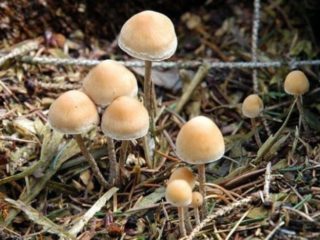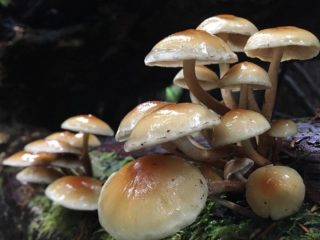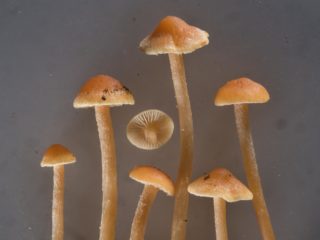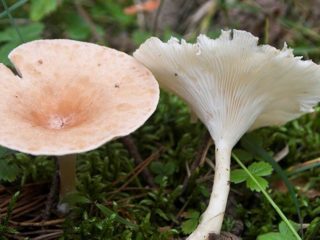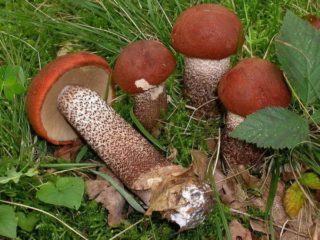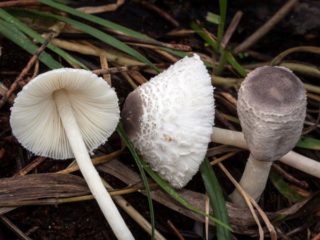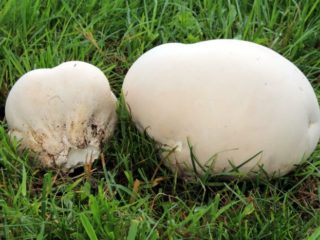Content
Moss honey fungus, moss hypholoma, Latin name of the species Hypholoma polytrichi. Mushrooms belong to the genus Hyfoloma, family Strophariaceae.
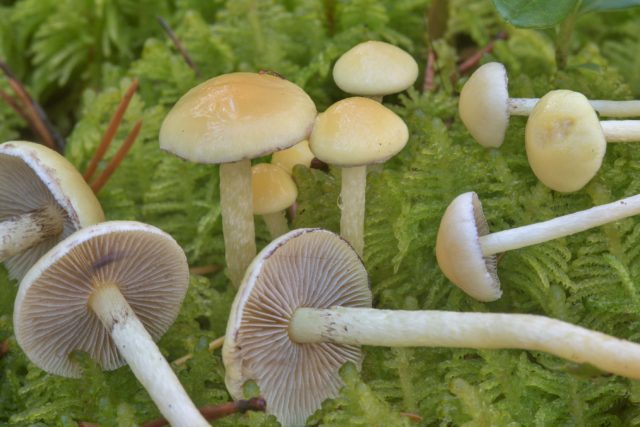
The mycelium is located only among moss, hence the name of the species
What does moss honey fungus look like?
The fruiting bodies are small in size with a small cap, the diameter of which does not exceed 3.5-4 cm. The size is disproportionate to the length of the stem, which can reach up to 12 cm. The color of the moss fungus is light brown with an olive tint.
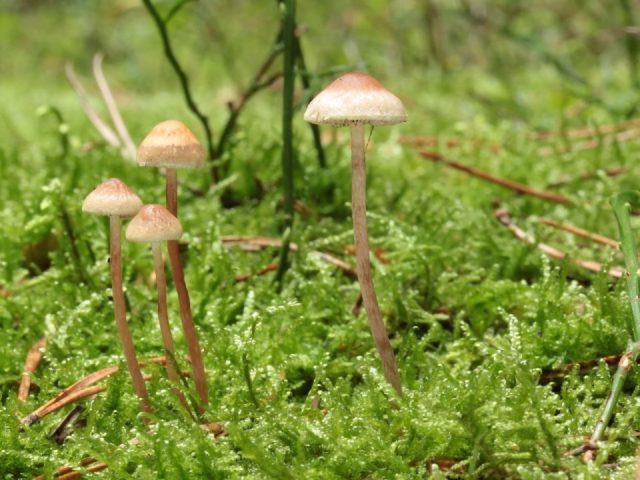
Mushrooms grow in small groups or singly
Description of the cap
The upper part of the moss false foam at the beginning of growth is rounded dome-shaped, over time it becomes prostrate hemispherical, and in mature fruiting bodies it becomes flat.
External description:
- the color of the protective film is not uniform, the central part is dark with clearly defined boundaries;
- surface with fine wrinkles and thin vertical stripes, mucous, especially in high humidity;
- the edges are uneven, slightly wavy with scaly remains of the veil;
- the lower spore-bearing layer is lamellar, the plates are wide, arranged non-compactly with uneven edges;
- hymenophore with a clear border below, does not extend beyond the cap;
- the color is light brown or dark beige with a gray tint.
The pulp is creamy, thin, and the structure is brittle.
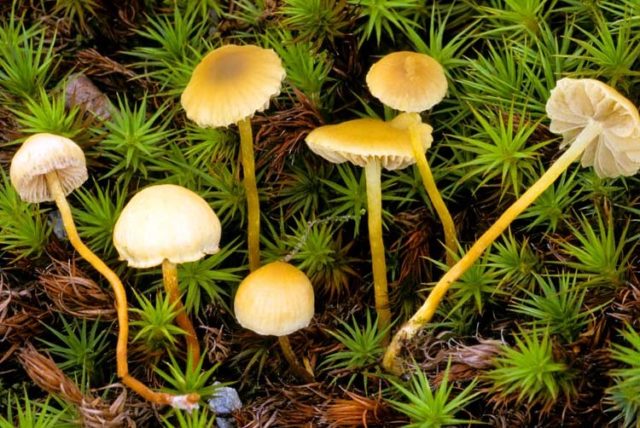
Along the edge there are short and medium-length plates
Description of the leg
The central leg is narrow and long, smooth, sometimes slightly curved towards the apex. The thickness is the same everywhere - on average 4-4.5 mm. The structure is fine-fiber, the inner part is hollow. Monochrome painted. Young mushrooms have a finely scaly coating on the surface near the ground; by maturity it completely falls off.
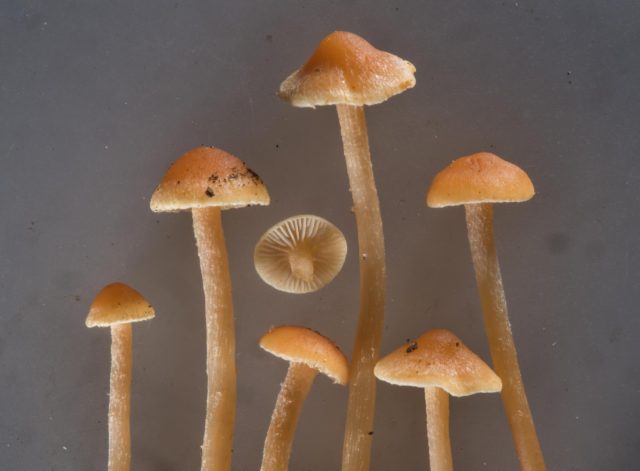
When cut, the stem splits into several parts along the length of the fibers
Where and how does moss fungus grow?
The distribution area is quite extensive; the species is not tied to a specific climate zone. Grows in wetlands of all types of forests. The mycelium is located on a dense moss litter and prefers an acidic soil composition.
Is the mushroom edible or not?
The composition of the fruiting bodies of pseudofoam contains toxic compounds. The species is not only inedible, but also poisonous. Consumption causes poisoning.
Doubles and their differences
Twins include the long-legged false honey fungus; the species are similar to each other in appearance, in terms of fruiting time, and in places of the main accumulation.Twin in a lighter shade. The leg is not a single color: the lower part is brown with reddish. A similar mushroom is poisonous and inedible.
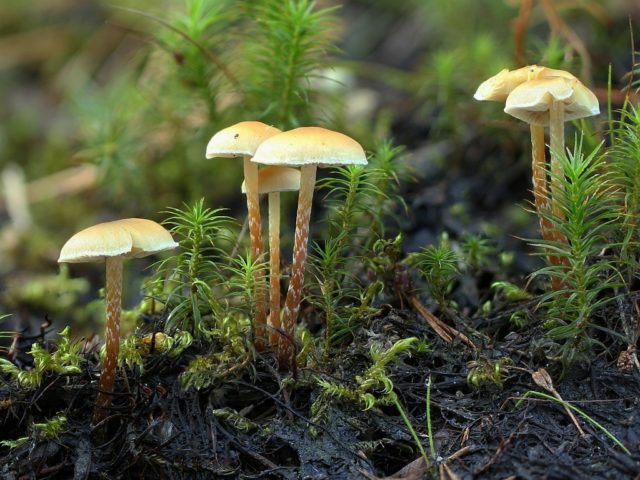
The surface of the leg is covered with light large flakes
Conclusion
Moss honey fungus grows in the central, European part of the Russian Federation, in Siberia and the Urals in all types of forests where wetlands occur. The mycelium is located on a thick dense layer of moss and acidic soil. The chemical composition contains toxins; honey fungus is poisonous and inedible.
